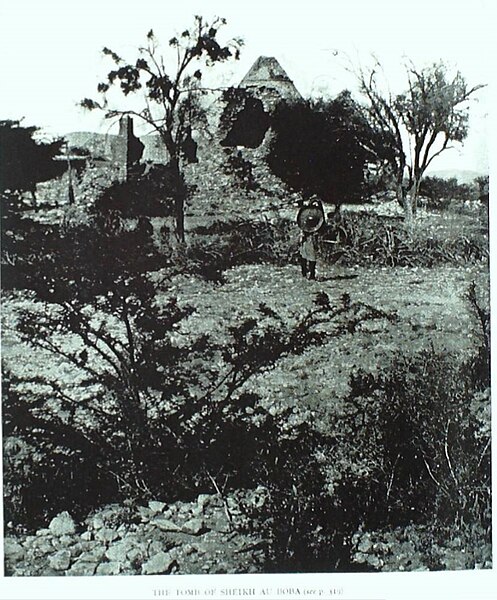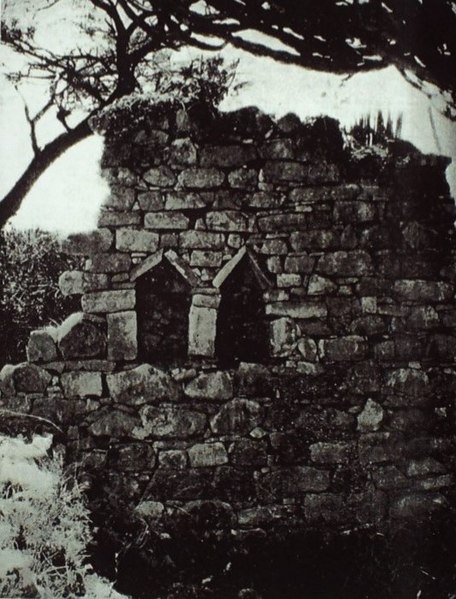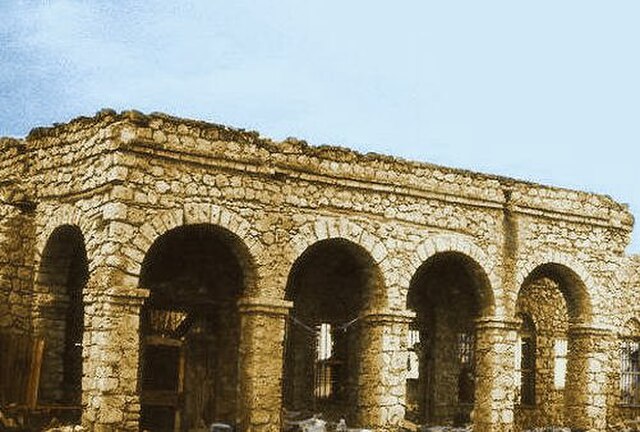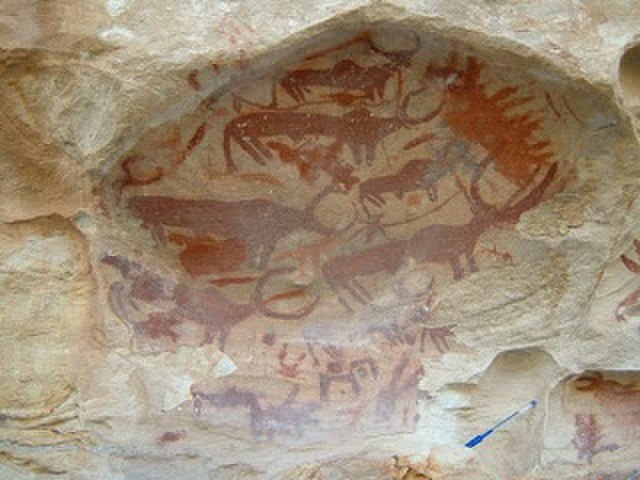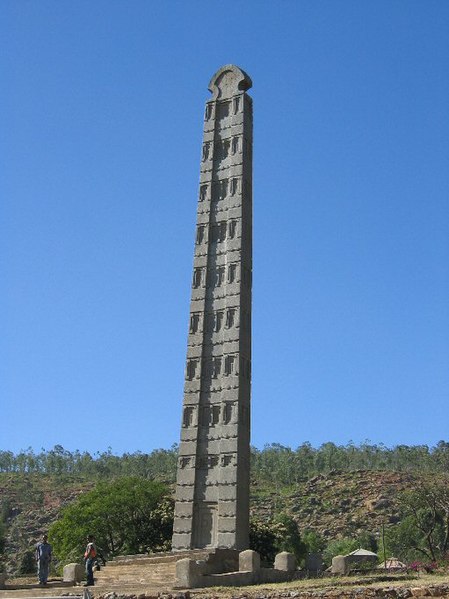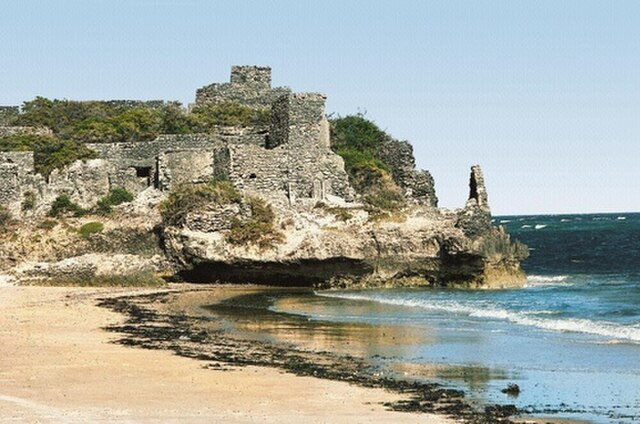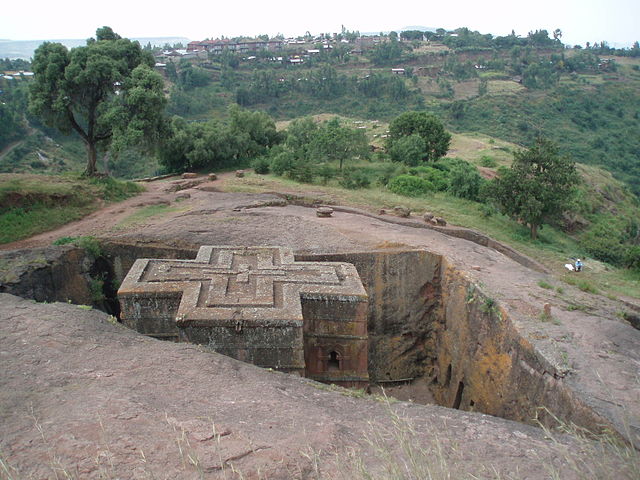Somali architecture is the engineering and designing of multiple different construction types such as stone cities, castles, citadels, fortresses, mosques, temples, aqueducts, lighthouses, towers and tombs during the ancient, medieval and early modern periods in Somalia and other regions inhabited by Somalis, as well as the fusion of Somalo-Islamic architecture with Western designs in contemporary times.
Ancient ruins of Abasa, Awdal
Pyramidal tomb of the Patron "Flying Saint" Awbube
Old house built using stone masonry in Amud, Somaliland
Ruins of the Sultanate of Adal in Zeila
The Horn of Africa (HoA), also known as the Somali Peninsula, is a large peninsula and geopolitical region in East Africa. Located on the easternmost part of the African mainland, it is the fourth largest peninsula in the world. It is composed of Somalia, Djibouti, Ethiopia, and Eritrea. Although not common, broader definitions include parts or all of Kenya and Sudan. It has been described as a region of great geopolitical and strategic importance, since it is situated along the southern boundary of the Red Sea; extending hundreds of kilometres into the Gulf of Aden, Guardafui Channel, and Indian Ocean, it also shares a maritime border with the Arabian Peninsula.
Deka rock art in Deka Arbaa, Debub region of Eritrea
King Ezana's Stela at Aksum, symbol of the Aksumite civilization.
The citadel in Gondershe, an important city in the medieval Ajuran Sultanate
The Lalibela churches carved by the Zagwe dynasty in the 12th century


